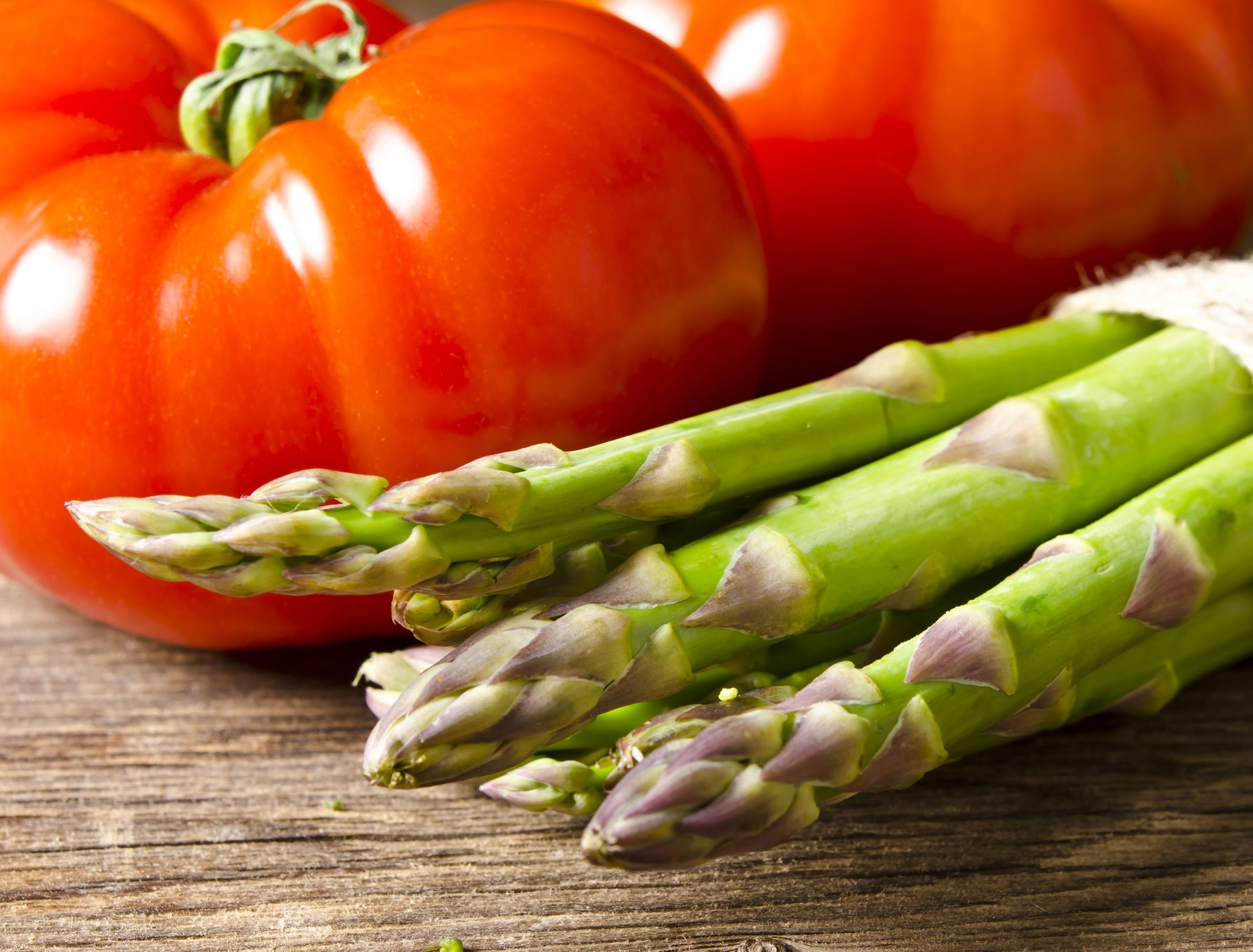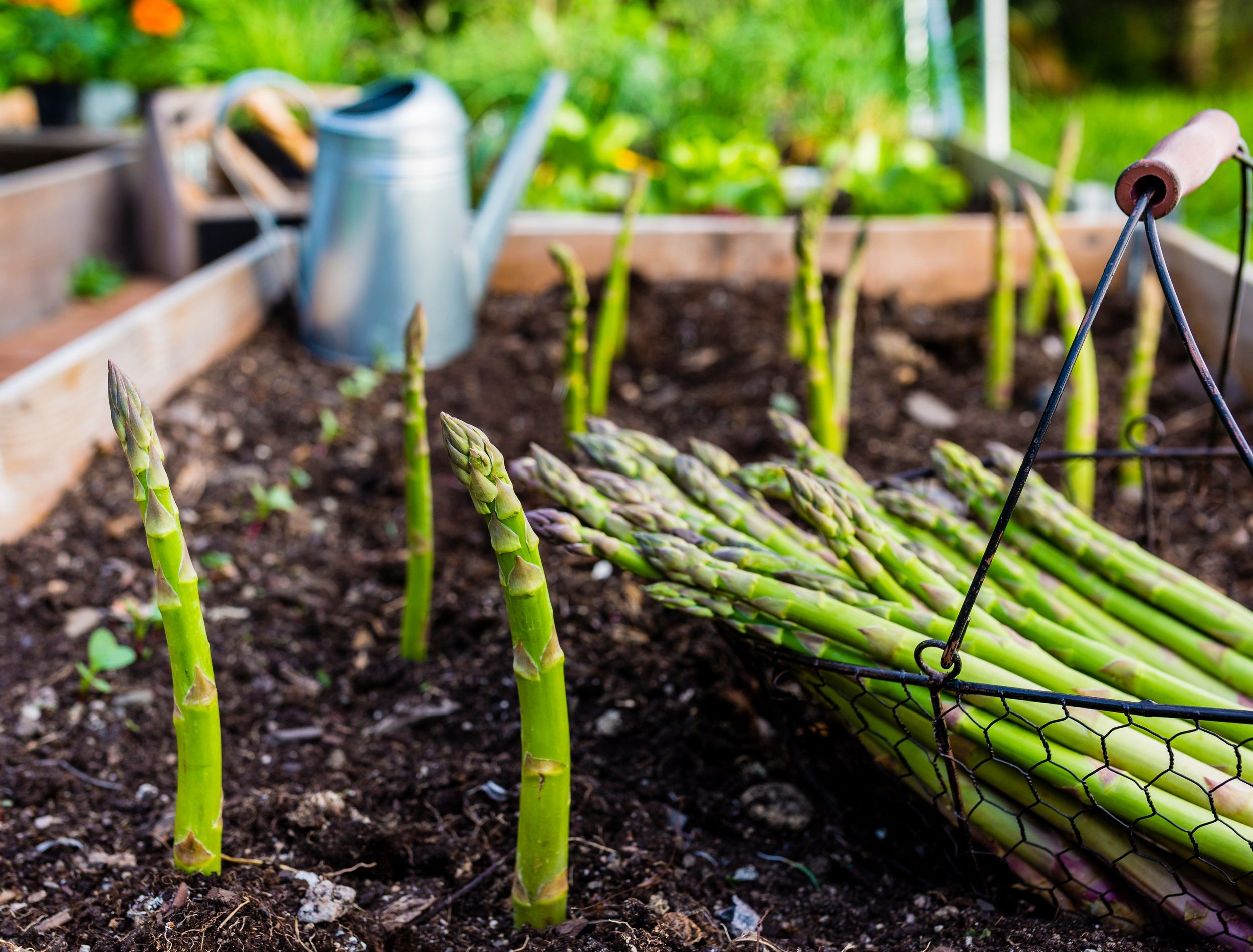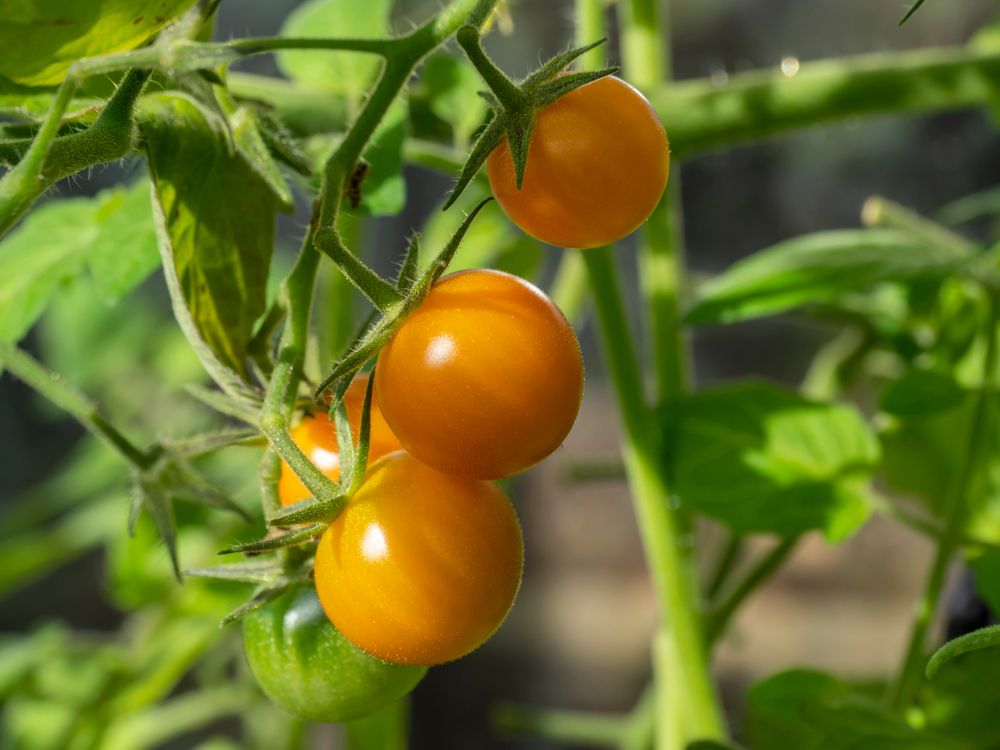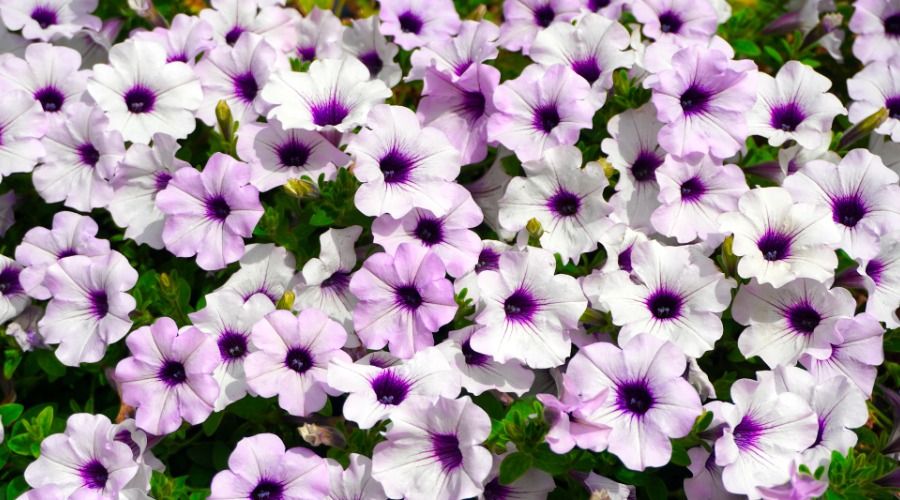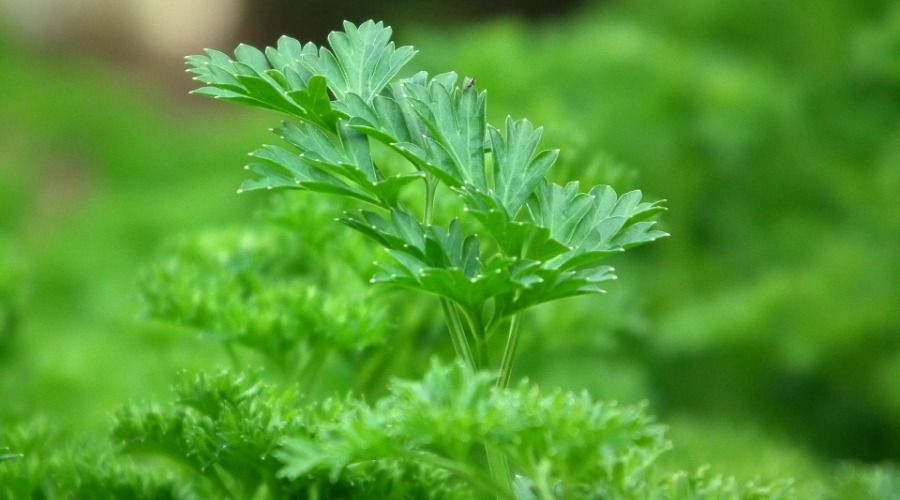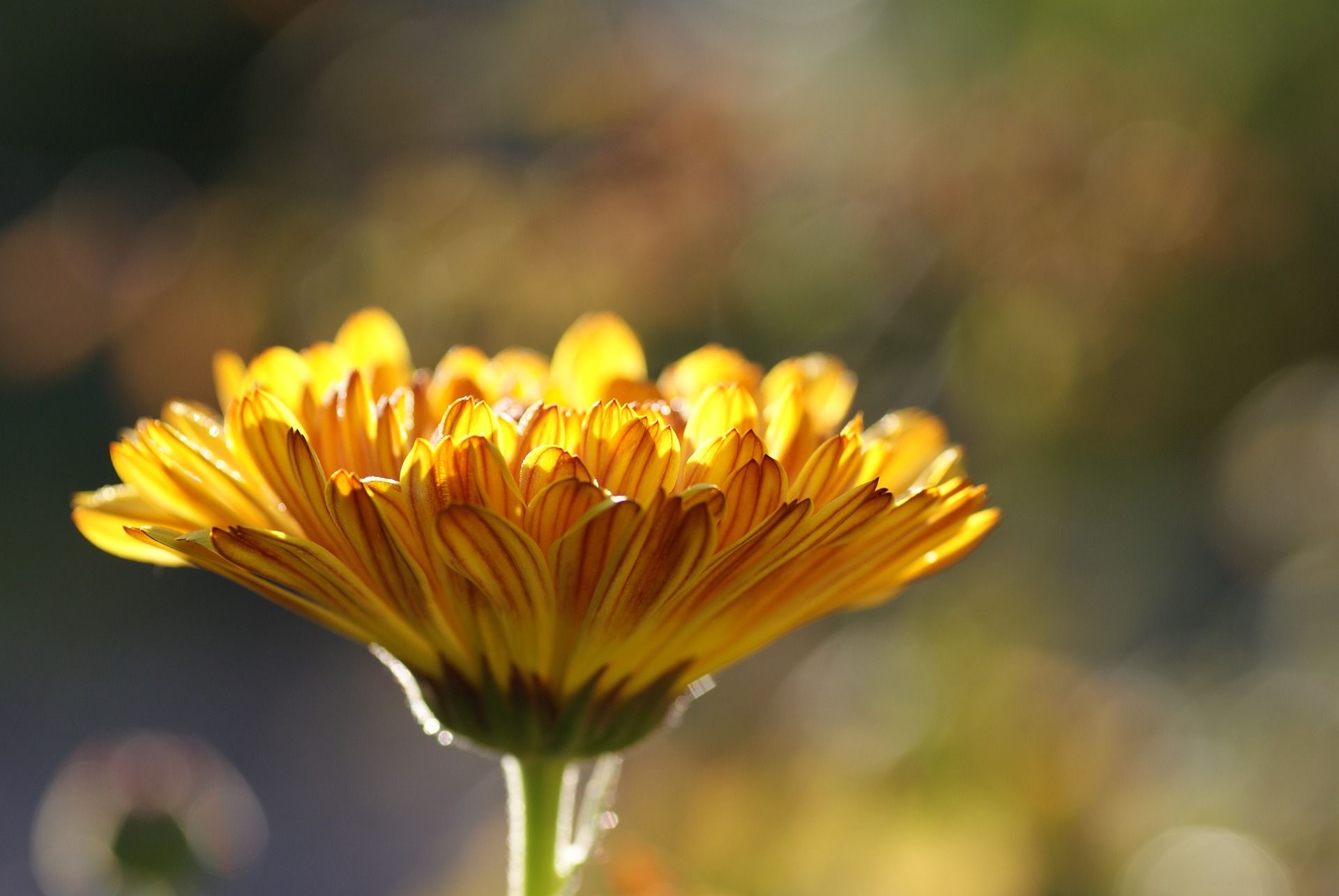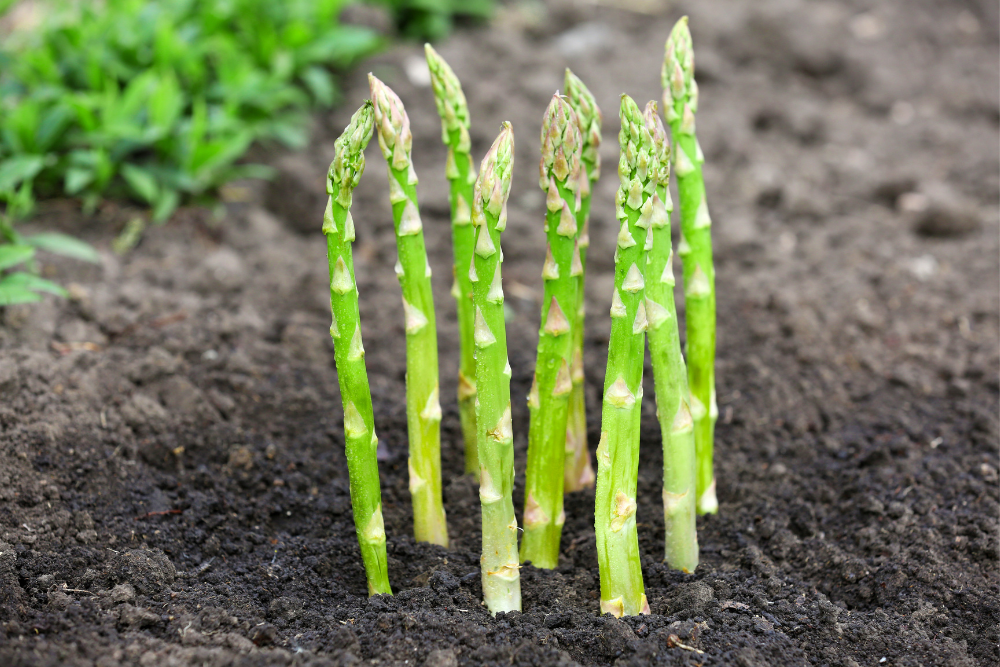Asparagus is a popular vegetable among gardeners. Not only is it delicious, but it's also nutritious and versatile in the kitchen. However, asparagus can be tricky to cultivate because it requires specific growing conditions. One way to ensure the success of an asparagus bed is to plant companion plants alongside it.
Companion plants help improve soil health, provide shade, deter pests, and attract beneficial insects. In addition, companion plantings can add visual interest and beauty to your garden, making them a win-win for you and the plants. Below you'll explore the five best companion plants for asparagus so your crops can thrive!
What to Keep in Mind When Planting Crops Near Asparagus
Image credits: iMarzi via Shutterstock
When growing companion plants near asparagus, consider factors such as the size and growth habits of the companion plant and its ability to tolerate the growing conditions of the asparagus bed. Asparagus prefers well-draining soil with a pH between 6.5 and 7.0 with full sun to partial shade. Companion plants should complement these requirements and not contend with asparagus for resources such as light, water, and nutrients.
Asparagus has deep roots that can compete with neighboring plants for nutrients and moisture. To avoid this, plant shallow root crops and keep away from heavy feeders. Additionally, maintain proper spacing between the asparagus bed and the other crops to prevent cross-contamination of pests and diseases, while also ensuring both plants receive enough sunlight and nutrients.
The Five Best Companion Plants to Grow Near Asparagus
Tomatoes
Image credits: AngieC333 via Shutterstock
Growing tomatoes as companion plants near asparagus offer numerous benefits to both crops. Growing these plants together allows the asparagus plant to mature and be harvested before tomatoes reach maturity, which contributes to saving space in your garden. Asparagus also acts as a natural mulch for tomatoes, retaining moisture and suppressing weeds.
Additionally, asparagus can improve soil health and structure by adding nitrogen, which helps tomatoes grow stronger and produce more fruit. Plus, both crops have different root structures, allowing for efficient use of soil resources without competition for nutrients and water.
Petunias
Image credits: Matthias Boeckel via Pixabay
Petunias and asparagus grown together is another great combination. Petunias act as a natural trap crop, repelling the asparagus beetles by emitting a strong and fragrant scent, and reducing the need for chemical pesticides. The asparagus, in turn, provides support for the petunias and creates a lush and diverse environment that promotes beneficial insect populations.
Petunias can improve soil health by adding organic matter and suppressing weeds through their dense growth habit. They also add visual interest to the garden, creating a beautiful and vibrant atmosphere that complements the tall, feathery fronds of the asparagus.
Parsley
Image credits: ArtActiveArt via Pixabay
Growing parsley near asparagus comes with multiple benefits. Parsley can improve the growth and health of asparagus by repelling harmful insects, such as asparagus beetles, and providing necessary nutrients to the soil through its deep root system. Additionally, it enhances the taste and tenderness of asparagus by reducing the number of harmful bacteria in the soil.
This companion planting combination not only benefits the plants themselves but also the overall health of the garden ecosystem by promoting biodiversity and reducing the need for pesticides. Furthermore, parsley's attractive appearance makes it a great ornamental plant in a vegetable garden.
Calendula
Image credits: Heike Frohnhoff via Pixabay
Calendula is a valuable companion plant for asparagus, acting as a natural deterrent to pests such as asparagus beetles. Its brightly colored flowers attract beneficial insects like pollinators, increasing asparagus fruit production.
You can use the leaves and petals of calendula as a natural fertilizer to provide essential nutrients to the asparagus and improve its growth and health.
Comfrey
Image credits: LianeM via Canva
Comfrey is a highly beneficial companion plant for asparagus. This versatile herb has deep roots that extract valuable minerals and nutrients from the soil, which then get passed on to nearby plants through its composted leaves.
Comfrey attracts pollinators, which can enhance pollination and fruit production. It also acts as a natural mulch, retaining moisture in the soil and suppressing weeds. This results in less maintenance and a thriving vegetable garden with healthy, abundant asparagus plants.
What Plants You Should Avoid Planting Near Asparagus
Image credits: Pixelshot via Canva
Planting certain plants near asparagus can negatively impact its growth and health. Some plants with deep roots compete with asparagus for nutrients and water, while others may attract pests that can damage your asparagus.
Common plants to avoid planting near asparagus include alliums, such as garlic and onions, and plants in the Brassica family, like broccoli and cauliflower. Additionally, plants with strong scents, such as mint, can attract pests and compete with asparagus for resources.
By avoiding these potentially harmful companion plants, the asparagus can thrive in a productive and healthy vegetable garden.
Maximizing the Potential of Asparagus
Companion planting is beneficial for growing a thriving and productive vegetable garden. Asparagus is a versatile and hardy vegetable that can benefit from the presence of certain companion plants that offer numerous benefits, such as natural pest control, improved soil health, and enhanced pollination.
By carefully selecting and planting companion plants near asparagus, you can create a sustainable garden that is both productive and visually pleasing. So, if you want to enhance your asparagus crop, consider incorporating these five best companion plants into your garden today.
What other plants should be planted near asparagus? Comment below, and as always, please share!

